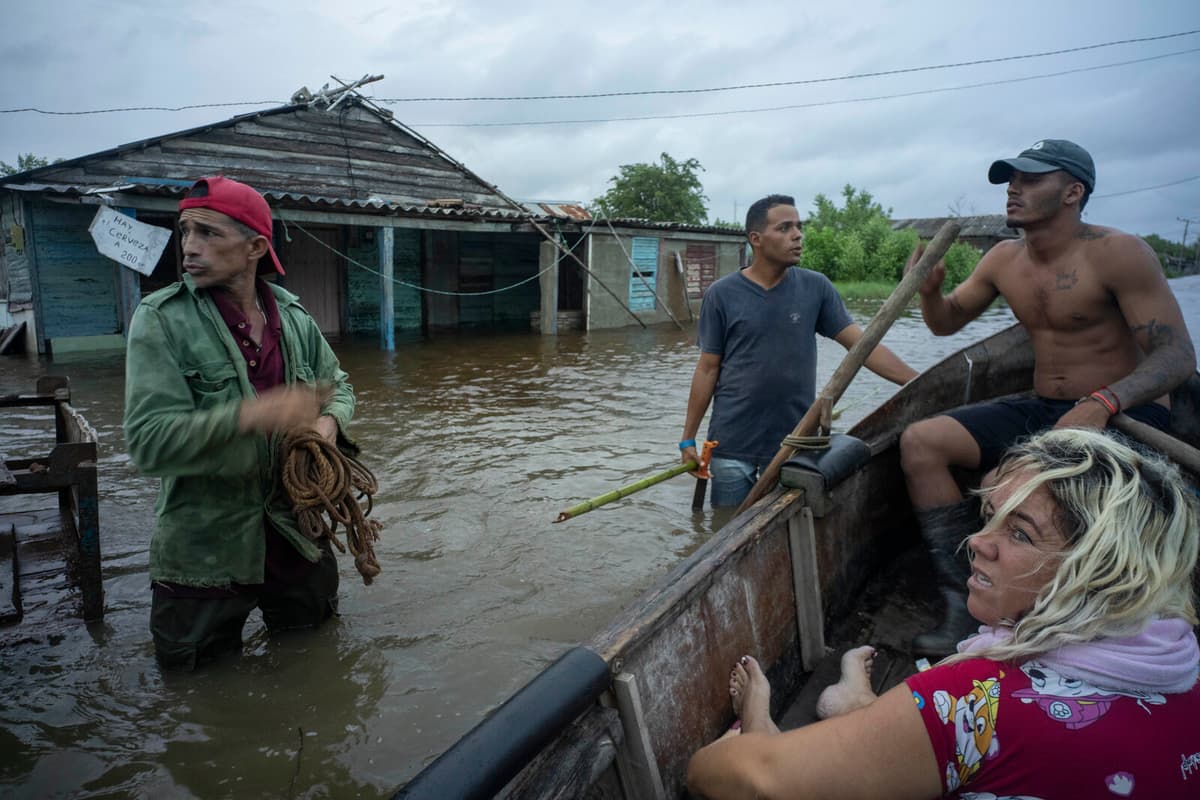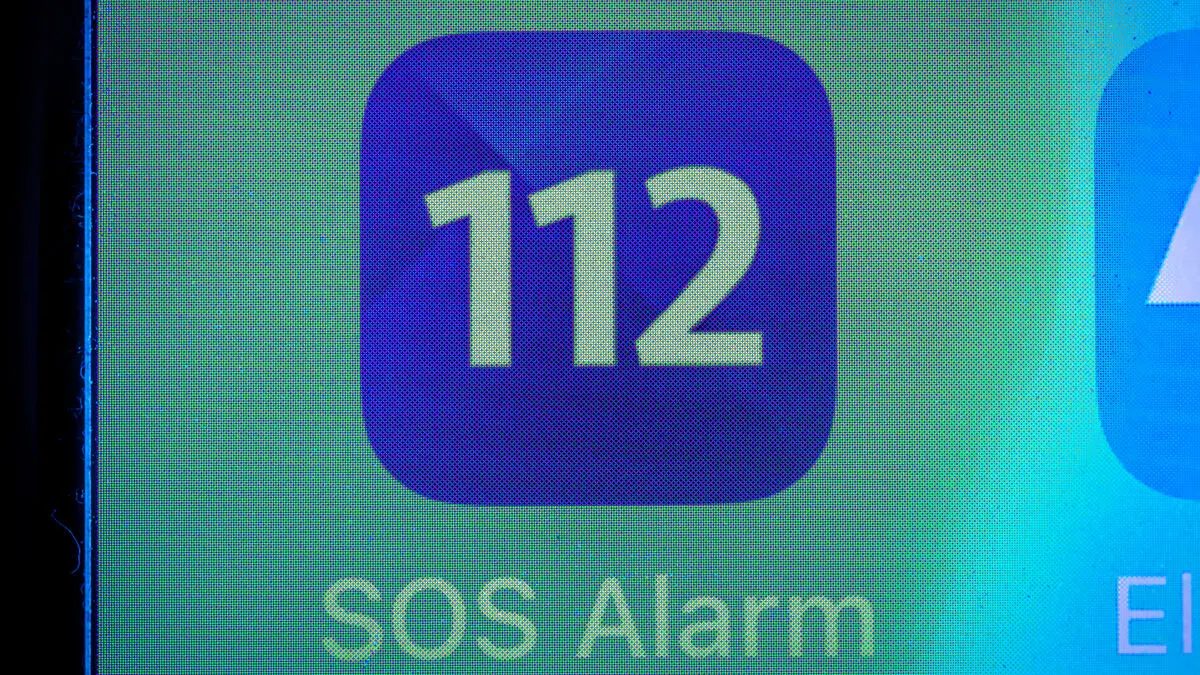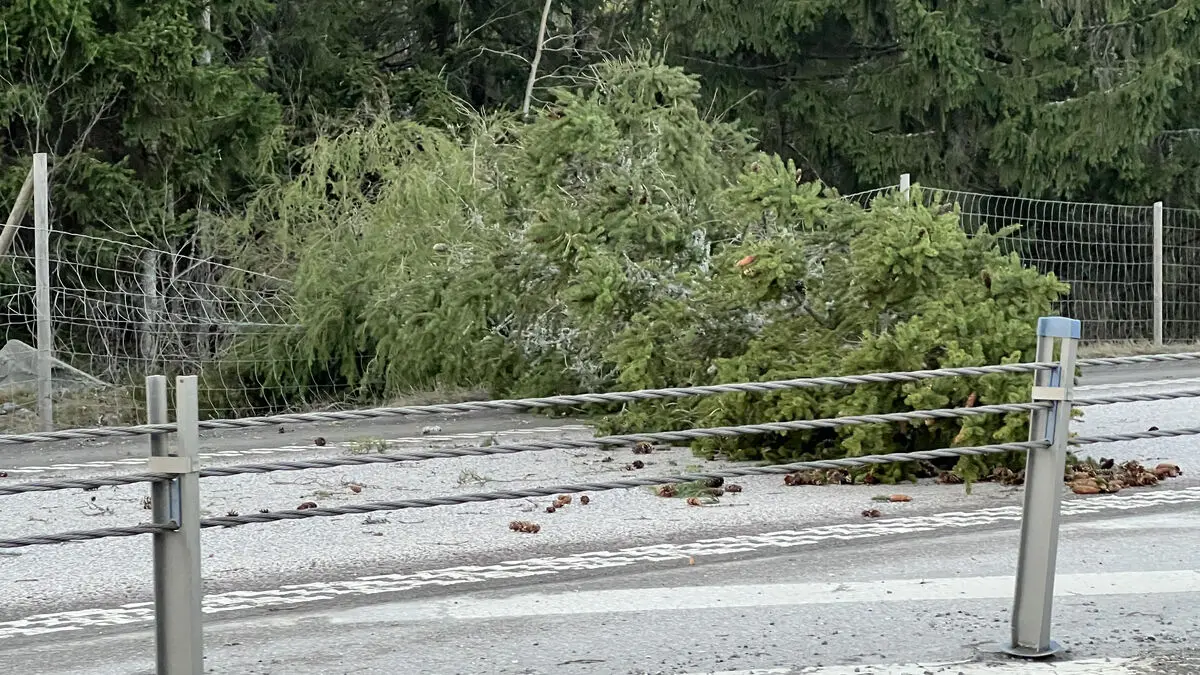The storm has previously led to flooded streets, fallen trees, and power outages when it passed Cuba and Mexico's Yucatán Peninsula. As it now moves towards the southeastern coast of the USA, it has strengthened further.
The hurricane is expected to hit Florida on Thursday evening, local time, but may also affect areas in Georgia and as far up as North and South Carolina. Large parts of the southeastern United States may be hit by power outages, fallen trees, and hazardous flooding.
In the northern part of Florida, the hurricane risks creating a life-threatening storm surge with water levels that can rise up to 6.1 meters.
Robbie Berg, warning coordinator at the National Hurricane Center, also advises Floridians who are used to hurricanes and bad weather to take Helene seriously.
Please don't compare it to any other storm you've experienced in recent years, he says.
According to Phil Klotzbach, researcher at the Hurricane Research Center at Colorado State University, Helene is expected to become one of the largest storms in terms of width in several years. Since 1988, only three storms have been more extensive than Helene is expected to be.





